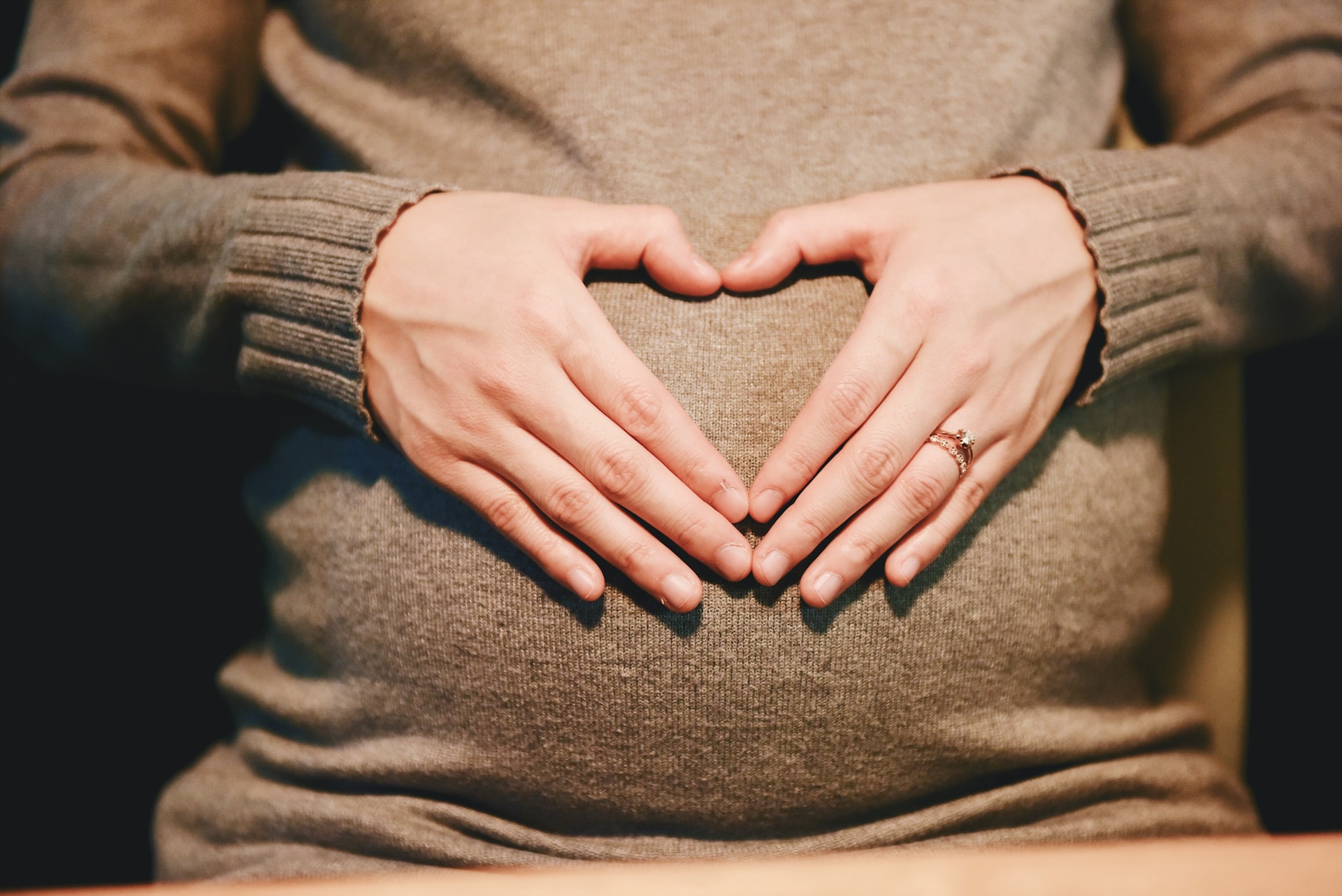A broad spectrum of birth defects may be triggered by teratogen exposure during pregnancy. Birth defects have increased dramatically due to recent increases in exposure to these dangerous chemicals at home and abroad.
Toxic chemical prenatal exposure may cause a child’s birth defect. If this is proven, parents may be entitled to sizable monetary compensation, which is why it’s crucial to contact birth defect lawyers.
More Context of Birth Defect Risks
A hormone oxytocin surge enables the mother’s uterus muscles to contract during labor, allowing her cervix to dilate and the baby to pass through. There are two delivery methods: vaginal or through the birth canal and cesarean or surgery through the abdominal wall.
The majority of delivery difficulties may now be predicted and managed in advance, thanks to advances in medicine. However, a few problems may arise out of nowhere, and some of them may be fatal for both mother and kid.
The most common problem or complication of childbirth is labor that does not progress. While delivery may begin consistently, the cervix does not extend when contractions develop, preventing the baby’s entry into the birth canal.
Who is in danger?
Complications can occur under the following circumstances:
- First pregnancies. Women over the age of 35 – Baby weighs more than 8.82 pounds in gestation
- Baby is in an improper position or the breech position)
- Mother’s uterine contractions are weak due to exhaustion and dehydration, especially after a lengthy labor
If your labor does not progress as planned, your doctor may provide a Pitocin (synthetic oxytocin) infusion to boost contractions and speed up the process. If this fails, you may need to have a cesarean section.
What are the additional risks associated with childbirth?
Other issues that frequently emerge during labor are as follows:
- Premature rupture of the membranes: Labor begins within 24 hours of a woman’s water breaking. Early membrane rupture occurs when your water bursts before 34 weeks of pregnancy, and it can lead to fetal infection or other issues.
- Perineal tears: During birth, your vagina and surrounding tissues are prone to tearing. Although most wounds heal without sutures, specific injuries are more profound and necessitate stitches. This may cause your pelvic muscles to atrophy, resulting in future issues such as urine incontinence.
- Eclampsia: Seizures can occur if the mother’s blood pressure suddenly rises during labor. If your blood pressure has risen at any point throughout your pregnancy, you are more likely to develop this sickness.
- Excessive bleeding may occur if the uterus tears during birth or fails to contract effectively to deliver the placenta. In many countries, this is known as postpartum hemorrhage, and it is the primary cause of maternal death.
- Preterm labor occurs before the baby’s organs mature and occurs before the mother’s 37th week of pregnancy. Preterm labor necessitates specialist care for the newborn, such as admission to a neonatal intensive care unit (NICU).
- Postpartum sepsis: Uterine infection after birth is common in patients with weakened immune systems, such as HIV or diabetes. The mother may get sepsis due to the disease, which manifests as foul-smelling vaginal discharge and a high temperature.














